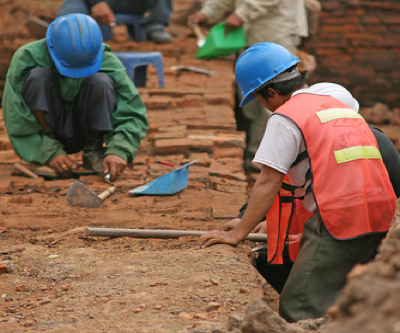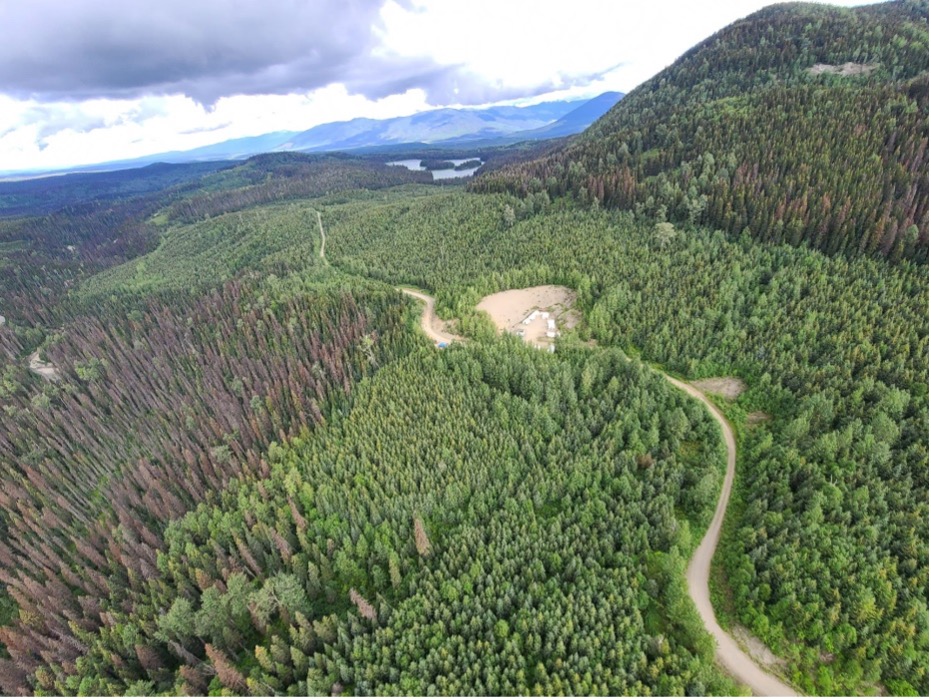Archeologists uncovered treasures at Rio Tinto coal mine

Archeologists have found some of the oldest aboriginal artifacts at Rio Tinto’s Warkworth coal mine in Australia’s Hunter Valley, reports the Newcastle Herald.
After a decade of work in the area, scientists have uncovered a range of evidence to show human tool making dating back at least 10,000 to 15,000 years ago.
The discovery at Rio Tinto’s mine, a number of “chipped stone tools,” took place at what the researches call “the Warkworth sand sheets.”
The instruments, around 15,000 years old, are not extremely ancient by Australian standards – several mainland and Tasmanian sites go back 35,000 years or more – but they are one of the oldest found in the Hunter Valley.
While the local Wonnarua Nation Aboriginal Corporation welcomed the finding, chief Laurie Perry expressed his disapproval of the open cut mining going on at the site.
Rio Tinto said it would create a museum displaying the uncovered artifacts.
It is fairly common for miners to face local opposition, especially from aboriginal communities. Hunter Valley coal miner, Ashton Coal, for instance, came under fire for allegedly damaging sacred sites. And a Queensland quarrying company was forced to pay $80,000 for “disturbing culturally significant Aboriginal artifacts.”
{{ commodity.name }}
{{ post.title }}
{{ post.date }}


Comments